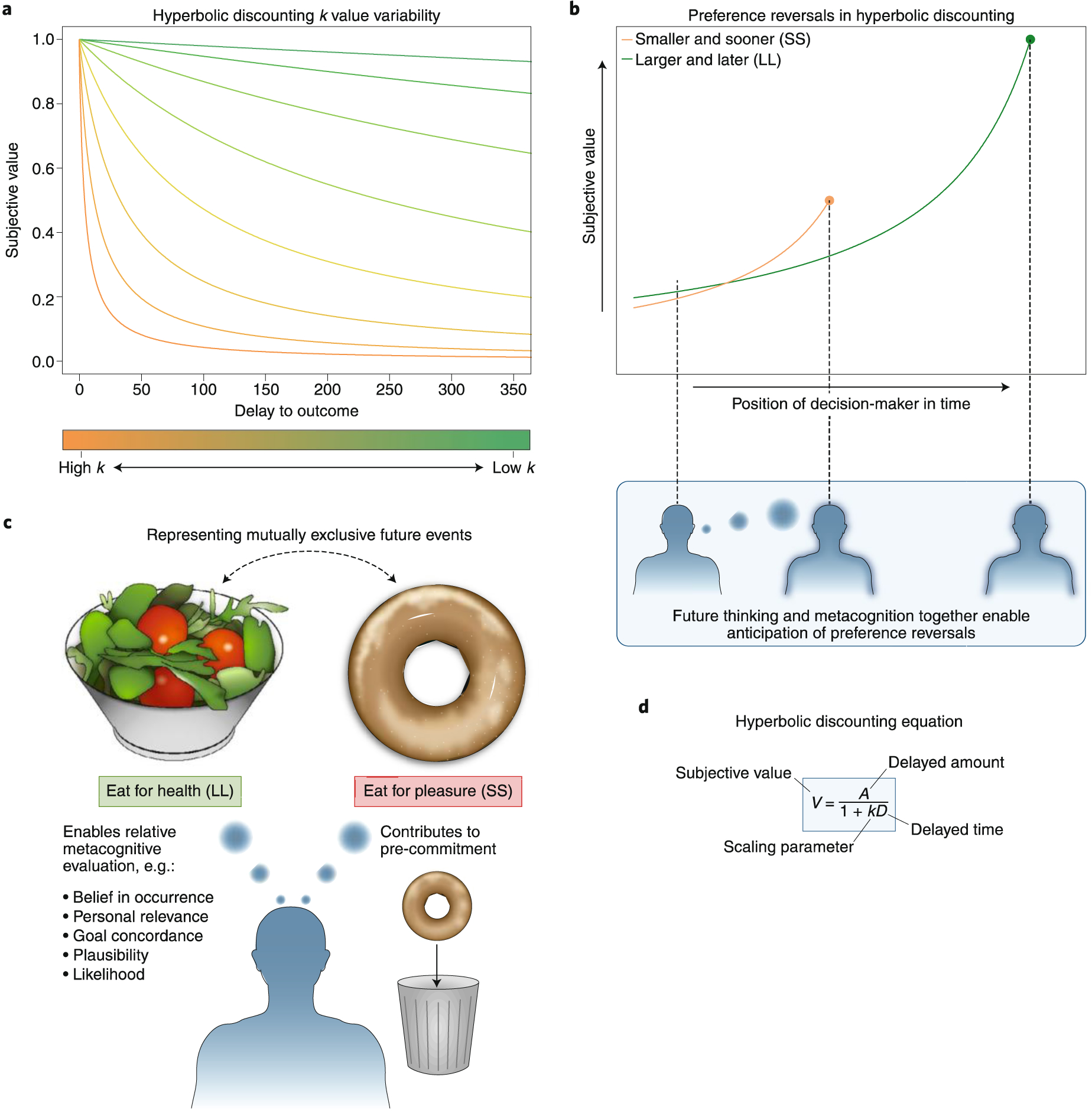Fig.1. Deliberating over anticipated changes of mind.

a, A popular hyperbolic model describing delay discounting; higher k values represent steeper discounting of value with time, while lower k values represent shallower discounting. b, A preference for a larger, later, reward relative to a smaller, sooner one can change when both move closer in time. The interaction of metacognition and prospection enables people to anticipate these preference reversals. c, This interaction also underlies the insight that the future contains mutually exclusive possibilities, such as adhering to a diet or not. People evaluate these alternative futures on dimensions such as plausibility or likelihood, which helps explain precommitment (throwing away one’s doughnuts). Doughnut image credit: Sam Howzit; Salad image credit: Marco Verch. d, In the hyperbolic discounting model k is a free scaling parameter that accentuates or dampens the effect of delay on value.
